Posted on 12/19/2025
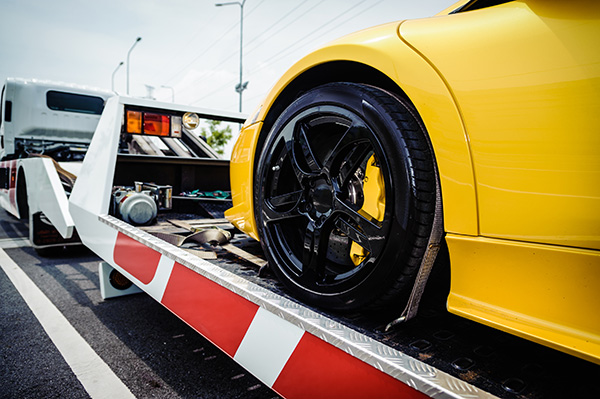
A lot of drivers try to “limp it home” when something goes wrong, then end up with a bigger repair than the original problem. Knowing when to stop driving and call a tow truck can be the difference between a simple fix and serious engine or brake damage. If you have even a little doubt, it helps to think in terms of safety first, convenience second. 1. Temperature Gauge in the Red or Steam from Under the Hood If the temperature gauge spikes into the red, a red temp light comes on, or you see steam pouring from under the hood, it is time to pull over and shut the engine off. Overheating can warp cylinder heads, blow head gaskets, and damage sensors in just a few minutes. Driving “just a couple more miles” may be what turns a small coolant leak into major engine work. Once you are safely stopped, turn the engine off and let it cool. Do not open the radiator cap while it is hot, and do not keep driving, hoping the gauge will come bac ... read more
Posted on 11/28/2025
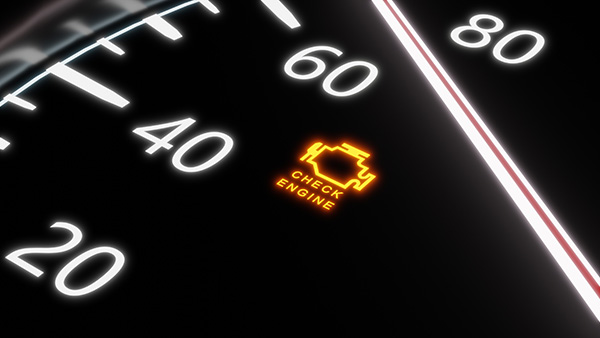
A check engine light feels vague at first, yet the cause is almost always traceable with the right steps. Some faults are simple, others point to systems that protect the engine and catalytic converters. Here is how to think about that amber light, what usually causes it, and why a structured diagnostic saves time and money. What the Check Engine Light Actually Means The light tells you the engine computer has stored a fault for something it monitors, then decided that fault could affect emissions or reliability. It does not mean the engine is about to fail. It also does not mean a single part is guaranteed to be bad. Many codes indicate a system is out of range, and the job is to find whether the reason is a sensor, wiring, vacuum leak, or a mechanical change. Common Causes You Might Be Dealing With Loose gas cap or EVAP lea ... read more
Posted on 10/31/2025
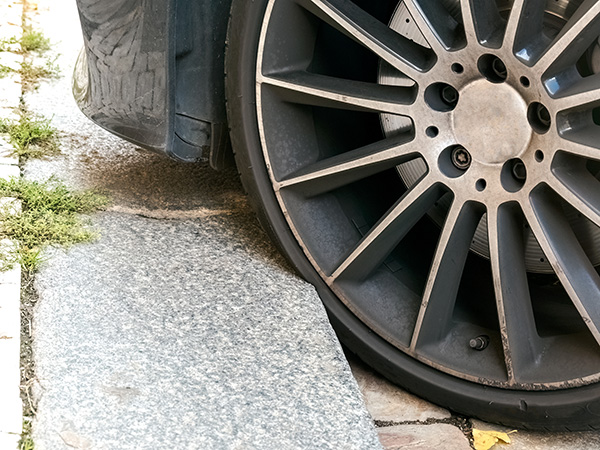
It happens in an instant. You misjudge a turn or clip a curb while parking, and the jolt feels minor. But even a small impact can do more damage than most drivers realize. The problem isn’t always immediate. Over the next few days or weeks, issues will begin to appear: odd tire wear, a slight pull in the steering, or vibrations at certain speeds. These are all signs that something beneath the car isn’t right. Alignment Problems Start Small, Then Get Worse One of the most common outcomes of a curb impact is misalignment. Your wheels are supposed to point in precise directions to keep the car tracking straight and the tires wearing evenly. A hit to the side of the tire can shift those angles, throwing off the toe, camber, or caster. Even a slight shift can change the way your car handles. Left unchecked, misalignment leads to: Uneven or premature tire wear Pulling to one side while driving Reduced fuel economy Strain on steering and suspension component ... read more
Posted on 9/26/2025
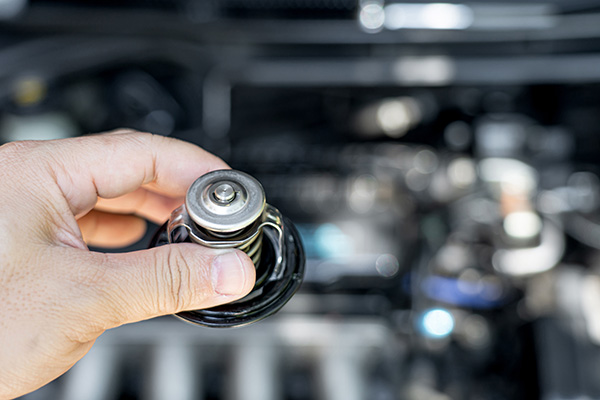
The thermostat in your car regulates the engine temperature. It opens and closes depending on how hot or cold the engine is, helping coolant flow through the system when needed. When the thermostat functions correctly, your engine stays within its ideal temperature range. But when it gets stuck (either open or closed), it can lead to performance issues or even engine damage. Here’s how to recognize when your thermostat isn’t working like it should. What the Thermostat Actually Does The thermostat is a valve located between the engine and the radiator. When you start your car, the thermostat remains closed so the engine can warm up quickly. Once the engine reaches a certain temperature, the thermostat opens to allow coolant to circulate and maintain a steady temperature. This on-off process keeps the engine from overheating and also prevents it from runnin ... read more
Posted on 8/29/2025

A car that vibrates slightly on rough pavement may seem normal, but if you feel shaking at highway speeds or even on smooth roads, it’s a sign that something is wrong. Vibrations often start subtly and worsen over time, and because they can originate from different parts of the vehicle, they are easy to overlook until they become more noticeable. Ignoring them can lead to bigger problems, reduced comfort, and even safety issues. Tire Imbalances and Alignment Issues One of the most common causes of vibrations at higher speeds is tire imbalance. If a tire isn’t balanced properly, even a small weight difference can create a shaking effect as the wheel spins faster. Over time, this imbalance also causes uneven tread wear, which can shorten the life of your tires. Alignment is another key factor. When your wheels aren’t aligned correctly, your car may not track straight, and vibrations may develop as the tires pull in slightly different dire ... read more
Posted on 7/28/2025
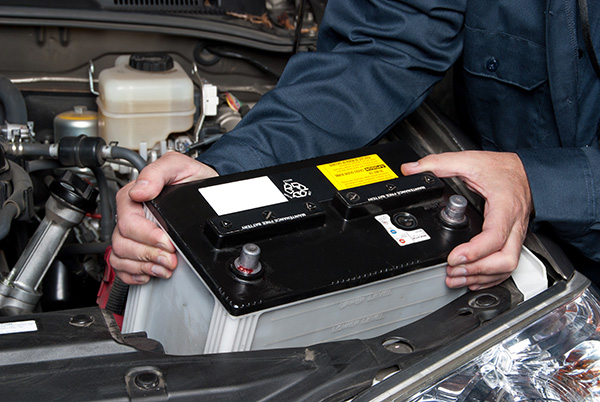
Your car battery is the heart of your vehicle’s electrical system. Without it, your car won't start, and many essential functions, from lights to electronics, won’t work. While most drivers are aware that batteries don’t last forever, few realize that a battery can fail gradually before it completely dies. Recognizing the early warning signs of a failing battery can help you avoid unexpected breakdowns and costly towing bills. Slow Engine Crank One of the most common signs of a failing battery is a slow engine crank. When you turn the key or push the start button, the engine turns over more slowly than usual or struggles before finally starting. This happens because a weakened battery doesn’t have enough power to spin the starter motor quickly, especially on cold mornings when batteries are already under more stress. Dim Lights and Electrical Issues Your battery also powers your vehicle’s l ... read more
Posted on 6/27/2025
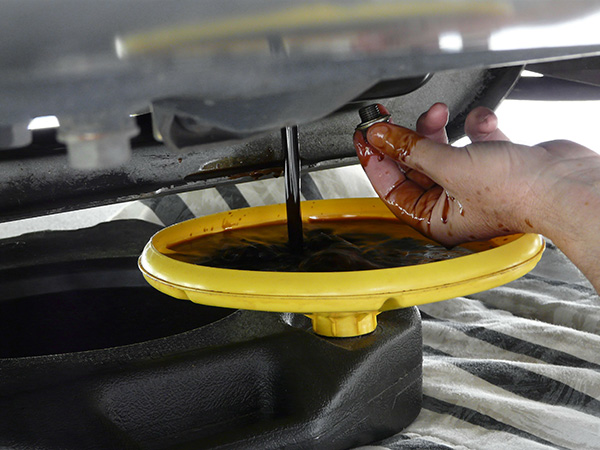
It’s easy to delay an oil change. Maybe life gets busy, or maybe your car still seems to run fine. But delaying this simple service can lead to major consequences for your engine. Even if there are no warning lights or unusual noises, the damage may be building up quietly every time you drive. Motor oil is your engine’s lifeline. It lubricates moving parts, reduces friction, regulates temperature, and helps keep internal components clean. When it breaks down or becomes contaminated, it can no longer perform those critical functions. Waiting too long between oil changes means you’re asking your engine to operate without proper protection. What Happens When Oil Breaks Down Fresh oil flows smoothly and has chemical additives that clean and protect your engine. But over time, heat, combustion byproducts, and moisture degrade the oil. It becomes thicker and darker and loses its ability to lubricate. The protective additives are used up, and ... read more
Posted on 5/30/2025
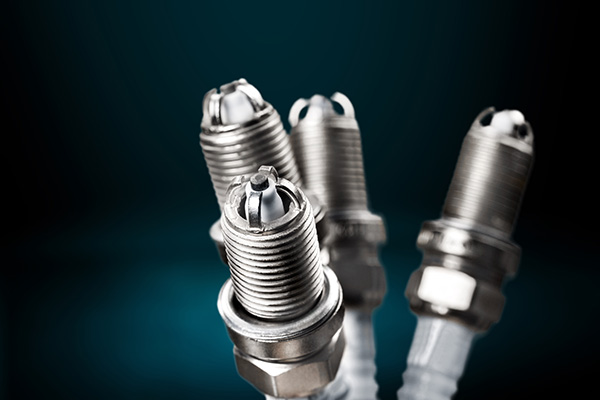
Spark plugs play a crucial role in how your engine operates. Without them, your car wouldn’t start, accelerate, or run smoothly. When it's time to replace them, many drivers often wonder: are spark plugs universal, or can I pick up any set from the parts store? Using the wrong type of spark plug will negatively impact your engine’s performance, reduce fuel efficiency, and even cause damage over time. If you plan to replace your spark plugs or just want to better understand your engine, here’s what you need to know. Spark Plug Fitment Every engine is designed with a specific spark plug size, heat range, and electrode configuration in mind. Engineers carefully choose these specifications to ensure the plug ignites the fuel-air mixture at just the right moment. A plug that’s too long, too short, too hot, or too cold can interfere with that timing or even make physical contact with internal engine parts. The result could be anyth ... read more
Posted on 4/28/2025
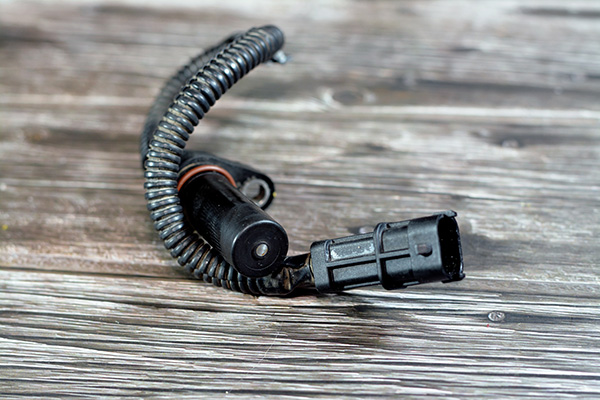
If your engine won’t start, runs rough, or keeps stalling without warning, the culprit might be smaller than you think. The crankshaft speed sensor plays a vital role in your car’s ability to run, and when it starts to fail, your engine performance can go downhill fast. Fortunately, with proper diagnostics, this problem is both identifiable and fixable. At B & L Automotive, we’ve seen how a faulty crankshaft sensor can send drivers on a wild goose chase. Here's how we pinpoint the problem and what it takes to repair it. Why Crankshaft Speed Sensors Matter So Much The crankshaft sensor tracks how fast and in what position your engine’s crankshaft is spinning. This information is essential for the engine control unit (ECU) to properly time ignition and fuel injection. If the sensor’s data is off—or missing entirely—the ECU can’t do its job, and your engine either runs poorly or won’t run at all ... read more
Posted on 3/28/2025

Many drivers don’t think twice about driving through puddles, especially after heavy rain. But water on the road isn’t as harmless as it seems. Even a small puddle can hide deep potholes, and larger pools of water pose serious risks to your engine, brakes, and electrical components. If you’ve ever wondered whether driving through puddles can actually damage your car, the answer is yes—it definitely can. How Water Affects Your Engine and Air Intake Your engine needs air to function properly, and modern vehicles have low air intakes that can easily suck in water if you’re driving through deep puddles. When water enters the intake, it can cause a condition known as hydrolock, which prevents the engine from running. Unlike air, water can’t be compressed, so when it enters the cylinders, it can cause severe internal damage, including bent connecting rods ... read more